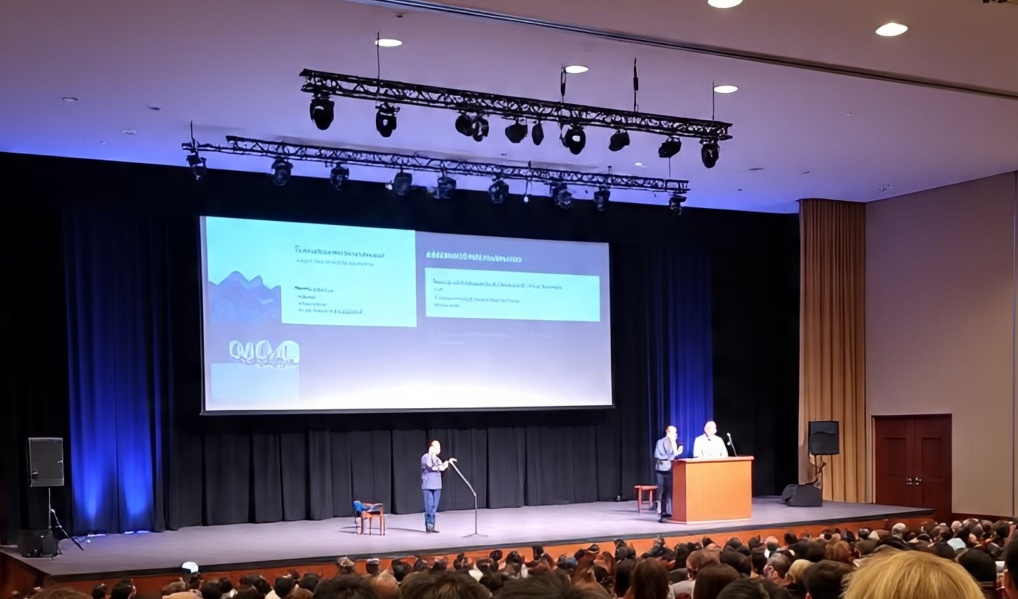Business Development Strategies for Nentu Handicrafts in Korihi Village, Lohia Sub-District, Muna District
Keywords:
Business Development Strategy, Nentu Craft, SWOTAbstract
This study aims to identify and analyze craftsmen’s strategies in the development of Nentu handicraft businesses in Korihi Village, Lohia District, and Muna Regency. This type of research was descriptive and used a qualitative approach. The population and sample in this study were 30 craftsmen from Korihi Village. Data were collected through observation, questionnaires, and documentation. The data analysis method used was SWOT analysis. The results of this study indicate that the craft business development strategy that needs to be carried out by artisans based on the SWOT analysis is as follows: SO Strategy: Utilizing raw materials, variants/models, steep labor, and durable quality woven, as well as improving good relations with consumers and helping artisan craftsmen who are supported by the PEMDA will be able to develop strategies for the development of certain crafts. WO Strategy: Encouraging brand/trade labels, improving facilities and infrastructure by expanding sales reach by leveraging good relations with consumers, and helping the artisans' economy supported by the PEMDA so that they can develop certain handicrafts in Korihi Village. ST Strategy: Increasing raw materials, variants/models, skilled labor, and durable quality of woven fabrics can overcome competition from craftsmen and price competition with similar products and changing consumer tastes. WT's strategy: Encouraging trademark promotion by improving the facilities and infrastructure of artisans, as well as expanding sales reach to reduce price competition and artisans with similar products, and reduce changes in consumer tastes.
References
Andari, Y. T., Sasongko, L. A & Nurjayanti, E. D. (2019). Development Strategy of Coconut Coir Handicraft Business at LKP Akas Kebumen Regency. Mediargo, 151.
Assauri, S. (2016). Marketing Management: Basic, Concept and Strategy. Jakarta: PT Grafindo Persada.
Fattah, N. (2015). Value-based Strategy Management. Bandung: Professor at the Faculty of Economic and Business Education.
Kadjim. (2011). Handicrafts and Arts. Semarang: Adiswara.
Karambakuwa, J. K., & Bayat, M. S. (2022). Understanding Entrepreneurship Training in Incubation Hubs. Indonesian Journal of Innovation and Applied Sciences (IJIAS), 2(3), 168-179.
Narendra, P. S.A., & Ardani, I. G. A. K. S. (2020). Silver Handicraft Business Development Strategy with Swot Analysis Method at SSS Silver Business. Journal of Management, Udayana University 9 (10).
Nurrohmah, I. (2015). Analysis of the Development of Micro, Small and Medium Enterprises Before and After Receiving Musyarakah Financing at BMT Sharia Financial Services Cooperative (case study: BMT Beiringharjo Yogyakarta). Thesis, State University of Yogyakarta, 2015.
Prasetyo, ML (2020). Rattan Handicraft Business Development Strategy. In Proceedings of the National Seminar of the Faculty of Engineering, Maarif Hasyim Latif University, Sidoarjo. (Vol.1).
Rangkuti, F. (2017). SWOT Analysis Business Case Dissection Technique. Jakarta: PT Gramedia Utama.
Rosnawintang. (2021). Company Performance: Perspectives on Market Orientation Environmental Dynamics and Competitive Strategy. Yogyakarta: K-Media Publisher.
Sedarmayanti. (2012). Strategy Management. Bandung: Refika Aditama.
Sugiyono. (2012). Understanding Qualitative Research. Bandung: Alfabeta.




